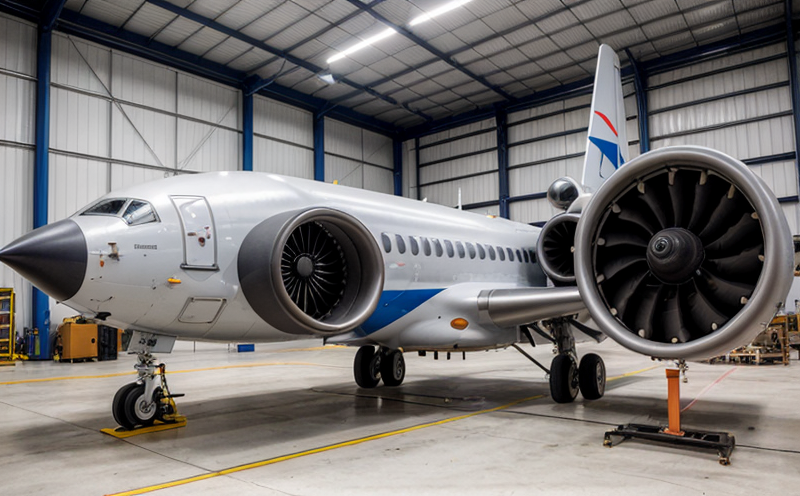Acoustic Fatigue Testing of Aircraft Panels
Aerospace and defense engineering demands rigorous testing to ensure components meet stringent safety and performance standards. One critical aspect is acoustic fatigue testing, especially for aircraft panels that are subjected to harsh environmental conditions and mechanical stresses during flight operations. This service focuses on the detailed evaluation of how materials and structures respond under repetitive sound pressure levels over time.
The process involves simulating realistic acoustic environments where the material or structure experiences cyclic loading due to noise exposure. The objective is to identify potential failure modes before they occur in actual use, ensuring that the aircraft remains safe and reliable throughout its operational life cycle. This testing method is particularly important for composite materials used in modern aerospace structures because their behavior under fatigue can differ significantly from metallic parts.
Accurate measurement of acoustic parameters such as sound pressure level (SPL), frequency response, and duration of exposure is essential to replicate real-world conditions accurately. Specimen preparation involves careful selection based on the specific requirements outlined by aviation standards like ISO 12604-3:2007 for structural fatigue testing or ASTM E986-15 for vibration testing. It also includes ensuring proper orientation and attachment of sensors to capture all relevant data points.
Instrumentation plays a crucial role in this service, employing advanced equipment capable of capturing precise measurements during the test cycle. This may include sophisticated microphones, accelerometers, strain gauges, and data acquisition systems integrated into custom test fixtures designed specifically for the aircraft panel under examination. Reporting follows industry best practices, including detailed documentation of the test setup, parameters used, results obtained, and any recommendations made based on findings.
The significance of acoustic fatigue testing in aerospace cannot be overstated given its potential to prevent catastrophic failures that could endanger lives or cause substantial financial losses. By incorporating this service into their quality assurance programs, manufacturers can demonstrate compliance with regulatory requirements while enhancing product reliability and safety.
- Industry Applications: This includes various types of aircraft components such as engine nacelles, fuselage panels, wing structures, and landing gear systems.
- Competitive Advantage and Market Impact: Ensures that companies remain at the forefront by adhering to the highest standards set forth by regulatory bodies ensuring superior performance over competitors who may not prioritize this type of testing.





